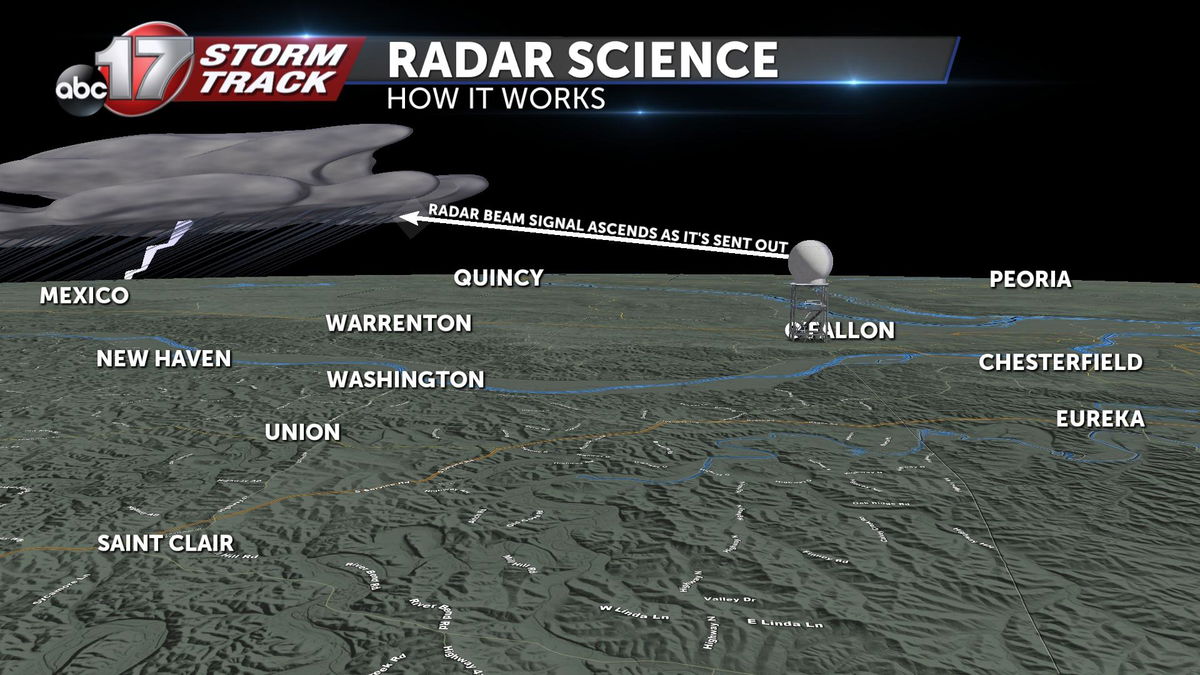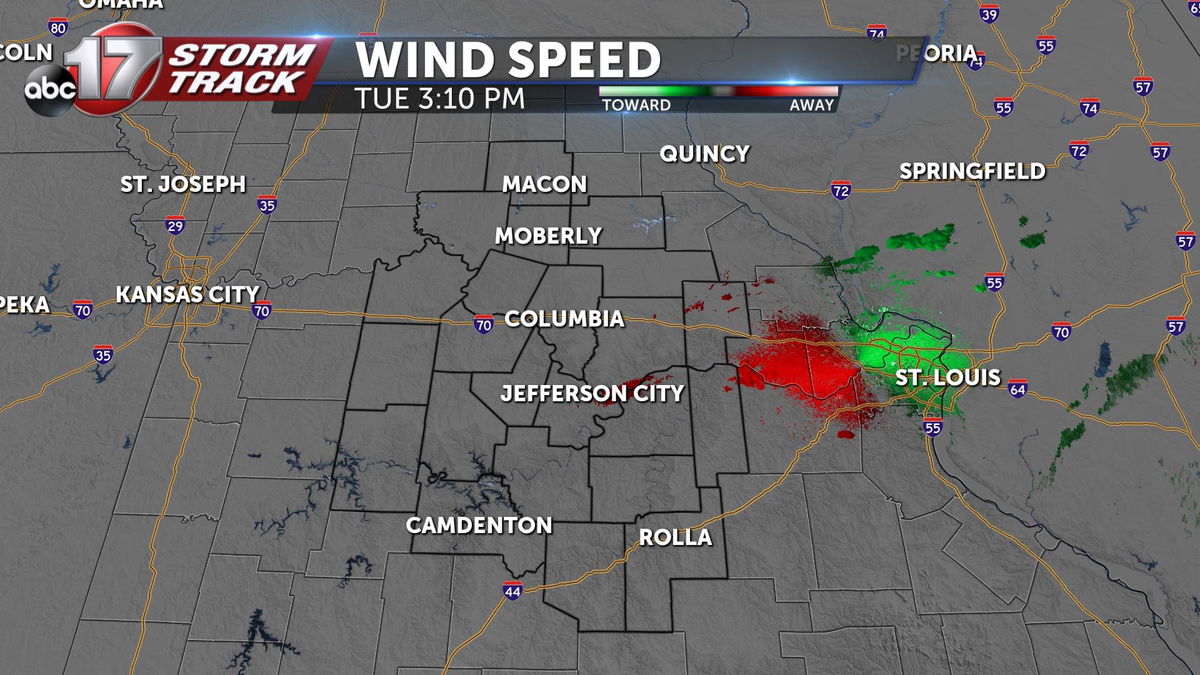The science behind radars
Every day meteorologists around the world turn to Doppler radar to get a better understanding of the weather going on in their area. A Doppler radar has many internal components, but the main ones revolve around sending a beam signal and receiving them.

Radio waves of specific frequencies and wavelengths are emitted from the radar antenna and sent into the atmosphere. These radio waves are tilted slightly upward beginning at a 0.5 degree angle. This allows the beam to surpass nearby trees and buildings eventually reaching the clouds and any precipitation associated with them.

After the radar beam hits these clouds and precipitation, the beam reflects back to the radar dome and the returns are recorded and processed through internal computers. These computers then map out data that can be used and graphed to give us our current radar display products.

An example of one of these products is Reflectivity. reflectivity allows users to see different precipitation types, their locations, and their movement. In the radar product displayed above, a light drizzle can be seen heading towards St. Louis city.

Thanks to Dual -Polarization products with radar, more can be achieved to help in different instances such as tracking high winds. Velocity or wind speeds can be shown and displayed on graphs. Colors depicting green indicate winds heading back towards the radar while red colors indicate winds heading away from the radar.

Radar becomes very important during the winter weather season as there are various different forms of precipitation that can occur. Sometimes different layers of precipitation can deceive the radar users. To avoid this, meteorologist will adjust the radar beams to tilt higher or lower.
